

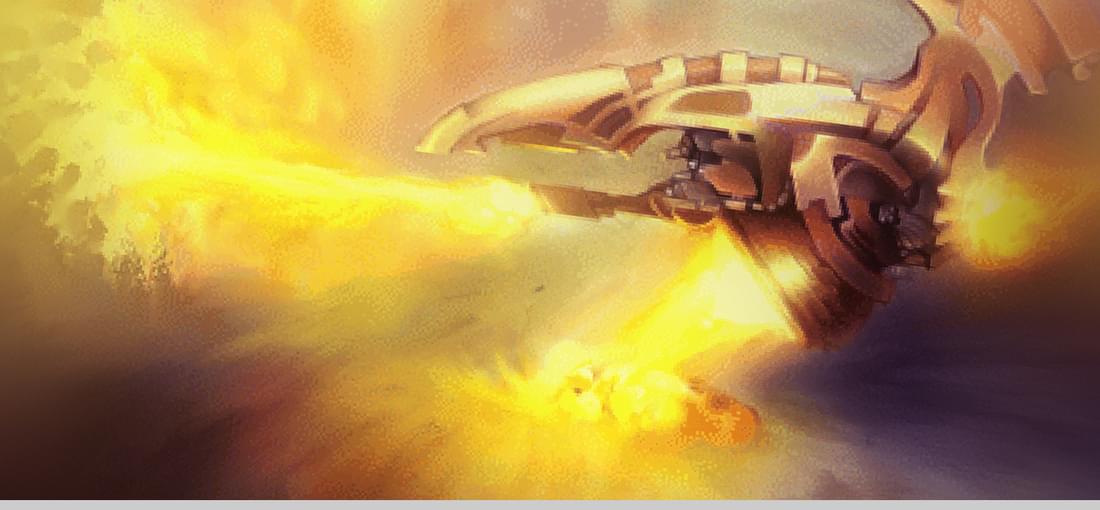
I vaguely remember playing this game when I was five… nowadays, having finally learned its name by giving AI a brief description from memory, I’ve actually completed it. It’s good, but it has its flaws. Tyrian is a top-down vertical shooter, where you pilot a spaceship and fight regular enemies, bosses, and environmental hazards. The more enemies you destroy, the more credits you earn, which you can then use to upgrade your ship. Each level the upgrade selection changes, but you always keep those you have installed and can resell them at full price. You’re essentially growing your upgrade potential, and if you put in some effort you can easily be buying all the top-tier gear way before the final episode. There’s no tutorial, so you have to learn controls from the setup menu. The Enter key changes your rear gun firing mode from the very situational DEFAULT horizontal mode to the actually useful vertical mode. I wish I’d learned that sooner. Another issue is that you have 3 separate keys for 3 guns you want to fire together most of the time. Consider using a DOSBox-configured AHK script. You learn what’s going on through datacubes you collect. You can use a walkthrough to locate most of them, but some are unaccounted for anywhere. Oh, and the game crashes if you attempt to read the Asteroid City Flux 53863 datacube after E03L02. The story can be at times unclear, especially early on, but you can make it somewhat easier on yourself if you find the manual for the original Tyrian, which should’ve been included, IMO. Once you get into its rhythm, Tyrian is pretty good. If you’re ever stuck on a level, you can learn it and get better (thankfully, there’re no modern randomization shenanigans). If I had to nitpick, I’d say the game could’ve used more varied and memorable bosses. Tyrian deserves a remake. One with a better control scheme and better-presented, clearer story. However, even right now I can’t name any other worthwhile game of the same genre.
First of all, BEFORE you buy a car you can use the up and down arrow keys to change its color. FlatOut 2 is a racing game that encourages aggressive driving! You literally earn nitro and credits for ramming into opponents and smashing through scenery! I’d never really clicked with traditional racers, but I actually had fun playing FlatOut 2. On top of your regular races, there are fun challenges, mostly consisting of mock sport events where you use your driver as the ball! It’s hilarious, challenging, and I love it! You can replay all events and races as much as you want and still earn credits every time. The races themselves are solid, but winning them can be brutally difficult, especially later in the game. Each driver has a ‘personality’ (their own driving style) that is creatively explained on loading screens, and two of them in particular - Jack Benton and Sofia Martinez - are relentless; beating them often takes a double-digit number of attempts. And it doesn’t even feel skill-based, it’s more of a matter of waiting to get the right luck. But while you do, you’ll be tearing through the cars of your opponents and destroying anything and everything that isn’t a building or a metal fence along the way. There are a couple of minor bugs: 1) on rare occasions the debris physics go haywire 2) certain fences can flip your car on its side, quickly slowing it down, which makes them unreliable for cushioning those steep turns. But those inconveniences are insignificant in the grand scheme of things. With all that creative flavor text about the drivers, there could’ve been some story, but I guess it’s fine either way. FlatOut 2 may not be the most polished racer, but one that I actually enjoyed.
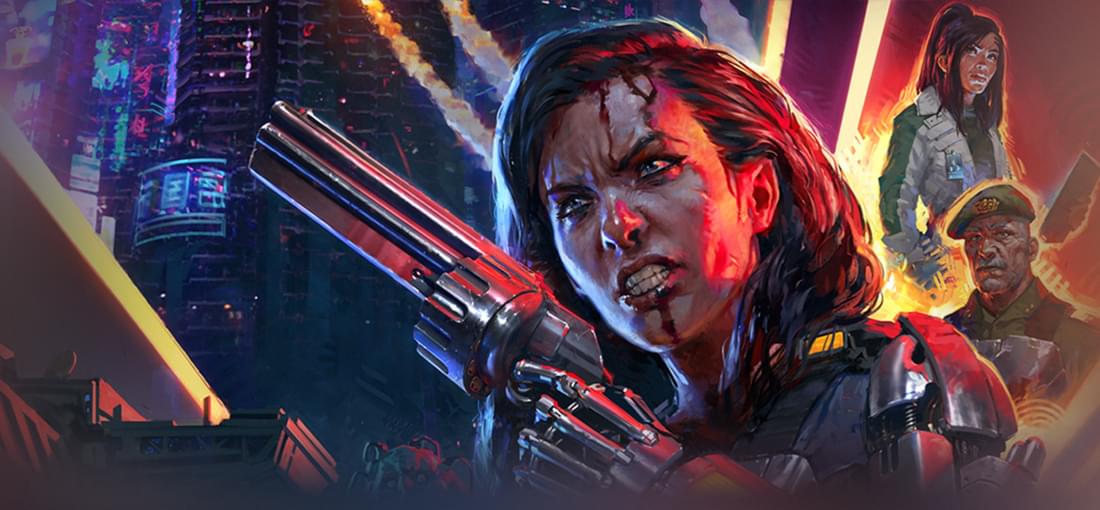
I am playing this series in chronological order and I am struggling to tell whether Phantom Fury is an improvement over Ion Fury. My main beef with Ion Fury was its bare-bones almost non-existent plot. Phantom Fury has a proper story, albeit one, told in a somewhat jumbled order, one that explains what the kickass main heroine is all about and why she’s doing what she’s doing. However, I’m starting to suspect that these games are rather loosely connected in terms of their plot, and likely intended more as technical explorations of their respective subgenres. The gameplay… has somewhat suffered. While the more appropriate checkpoint system replaced the abusable free-for-all ‘save anywhere’ mechanic seen in Ion Fury, several changes feel like steps backward: -there are too many weapons (literally more than there are types of enemies), their selection is awkward (3 or 4 are mapped to a single button. And no, it doesn’t remember your last selection when you switch back to that button). -the game is too generous with ammo (even on the hardest difficulty). -I got irreversibly stuck a few times during my playthrough and had to reload the last checkpoint. That said I am very grateful that Phantom Fury doesn’t have any secrets/enemy counters and there’s no completionist pressure. And if you can stomach the weapons/ammo situation, the shooting itself will still be fun, just a bit less tight and satisfying than in Ion Fury. At the end of the day we have a somewhat messier gameplay, which is balanced out by a clearer narrative. It’s still a pretty OK FPS, and one without the annoying regenerating health system!
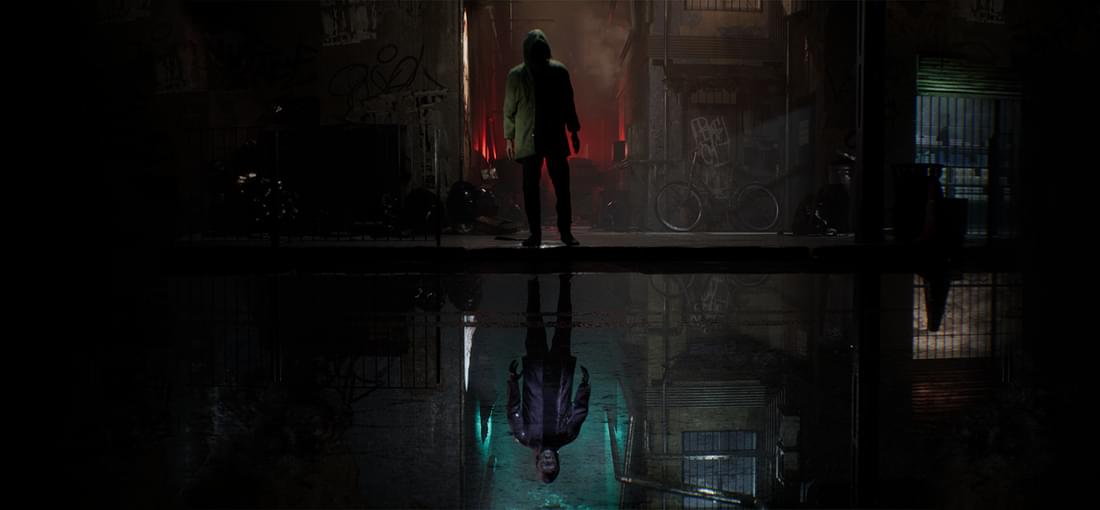
Paranoid makes a horrendous first impression.The game throws you in with barely any guidance on what to do or how to play. There is a combat tutorial, but that’s it. There are healing items in the game AND your health regenerates, but the hard difficulty is still way too much (for me it was unplayable. I would just always get killed), while the easy setting is, well, a bit too easy. The beginning of the game is tedious to navigate with no map and no clear objectives. In that early section of the game you can pick up various non-combat items that seem to serve no purpose and only add to the confusion. Later in the game, when you enter the sewers, the path does become more linear. The story sets up its premise in the introduction, but you can barely figure out what’s going on after that. You go from one hallucination to the next with barely any rhyme or reason. It only becomes more confusing later on; you learn that the whole thing is tied into the Madmind universe, but the information is nowhere near enough to figure out how exactly. By the end, nothing is resolved. The controls feel imprecise, but you get used to them, seeing how it’s mostly about those combat encounters that are either too difficult anyway or negligibly easy. On easy difficulty, where it’s at least playable, Paranoid feels like a dumb waste of time. It does become a little less horrible by the end, but still a far cry from anything decent. I’d just avoid this game altogether. It’s somewhat reminiscent of Agony in its initial state, but much, much shorter (it took me just over 5 hours to finish it). It’s not a good game.
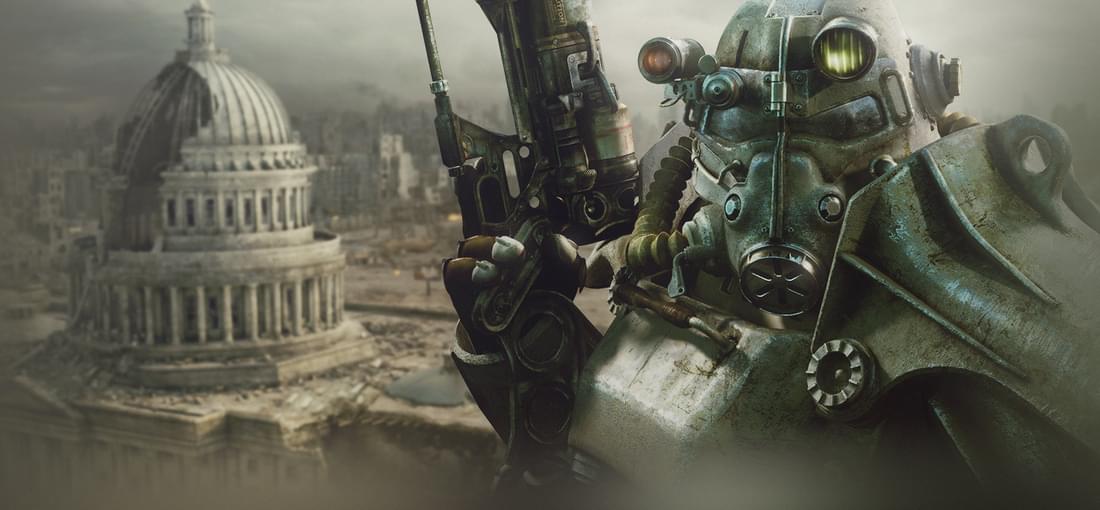
While I was initially put off by the desolate look of the Capital Wasteland, where piles of garbage and ruin rival the amount of the very soil under your feet, the game actually grew on me pretty quickly. The strength of Fallout 3 is in its writing, both in its story and characters. You’re a kid raised in a vault built to survive a nuclear war. You speedrun through your childhood and when you’re 19 your dad leaves and you follow him to find out what’s going on. The game isn’t too sophisticated by RPG standards, but it did take me a few restarts to figure out how I actually wanted to play (luckily, I was still under 10 hours at that point). I had to rely on guides to experience everything the Capital Wasteland had to offer. As is the case in most Bethesda games your items deteriorate from use, requiring occasional repairs, and the whole world levels up alongside you. I would say the game is too easy, but, to be fair, my use of guides might have played a role in that. This GOTY edition comes with every DLC included. All of them follow the same formula: they take you on a several hour-long adventure to a separate isolated area and reward you with overpowered items. Broken Steel at least continues the main story and allows you to go on playing after the end of the base game main questline. I’d say the game would’ve been better off without the other four. And of course we can’t forget the mods. No Bethesda RPG is complete without them. There aren’t that many of them for Fallout 3, but enough to cover most needs. Fallout 3 is sitting in a pretty sweet spot - it’s already a fully voiced 3D game that has so far been spared the fate of an unnecessary remaster, and does not feature the annoying radiant quests that plague more recent Bethesda games. I’m glad I played it. It was a lot of fun.
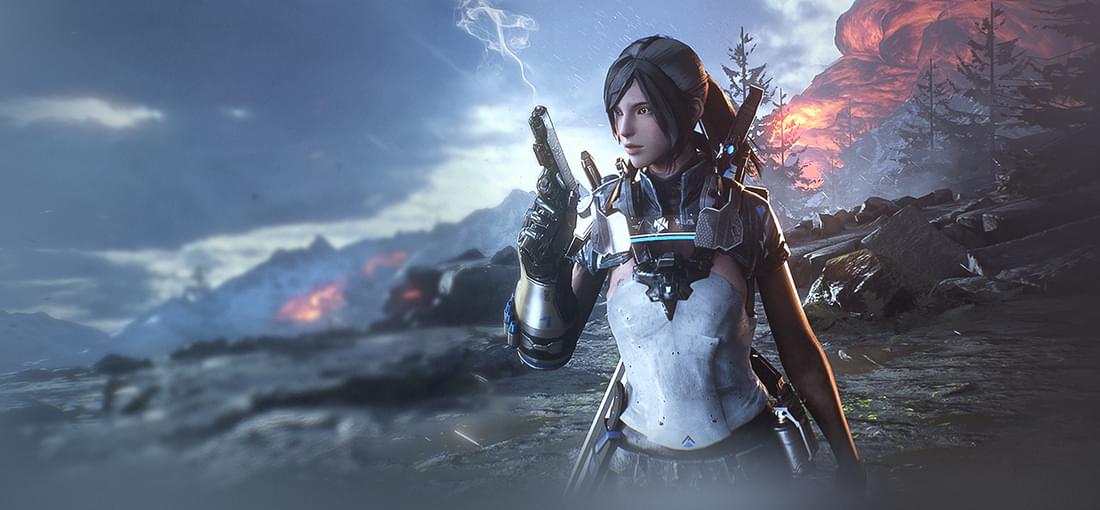
Bright memory is a very short game, which I normally appreciate, but in this case its brevity only highlights the lack of substance. The strong part of this game is its gameplay. It plays… above average. Encounters flow smoothly, checkpoints are abundant, and the skill upgrade system isn’t tedious. However, the regenerating health mechanic puts Bright Memory behind FPS games with health points and first aid kits in my books. Collectibles are a chore to find because they blend into the environment so thoroughly that you basically have to scour every square inch of each area to get the pickup indicator to appear. That’s how you find them. Two achievements feel like they exist purely to pad out the playtime, while another mildly frustrating one made me consult a guide. The story is very generic. It manages to make the impression of something coherent happening, but you can never quite make out what exactly. That is if you’ve read the description of the game on GOG. Otherwise, I suspect, it won’t make much sense at all. The controls can’t be remapped, which isn’t the end of the world, but I would, actually, have liked to remap a couple of actions; and as far as I understand the dx12 mode isn’t incorporated into GOG Galaxy (which you can add manually yourself, but still, come on). The game doesn’t necessarily leave a bad taste in your mouth, but it’s far from being a bright memory.
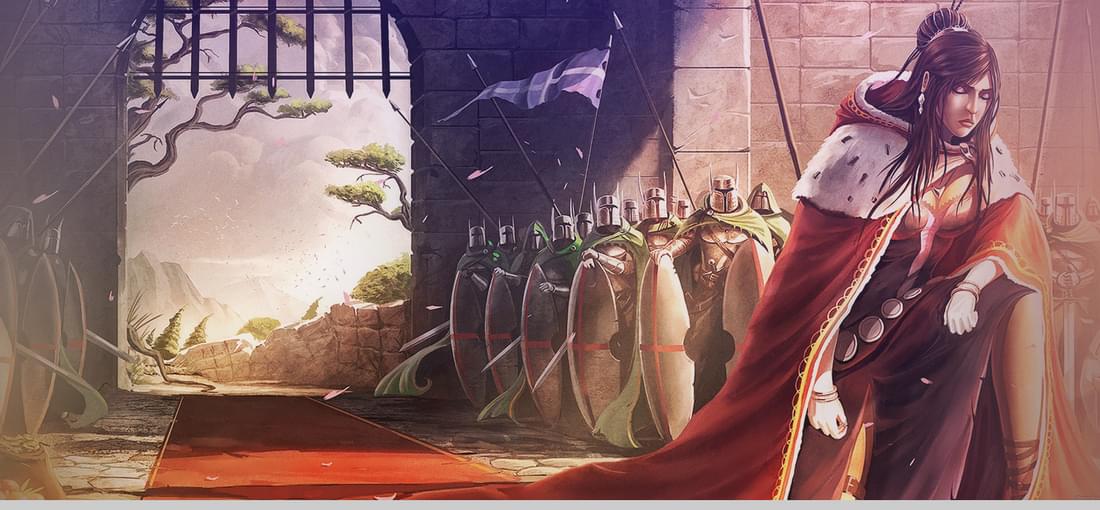
Trine 2 is a rare “better than the original” type of sequel. The gameplay has seen some changes: helpful collectible items are no longer a thing (instead, we collect story-related poems and pictures), the abilities of the heroes have been mostly reset (Pontius got to keep his hammer, though), and this time we can only spend skill points at one hero at a time. Thankfully, it’s still possible to fully upgrade all of their abilities (which you can reset at any time, as often as you like, with no restrictions). The main campaign is made up of once again sameyly designed levels, which boast new gameplay mechanics and a stronger story - this time there is a coherent narrative, supplemented by occasional funny exchanges between the heroes, which let us get to know them a little better. That said, the plot itself feels like a remix of Trine 1, which makes the base campaign come across more like a requel. The Complete Story levels, on the other hand, finally introduce new types of locations, which come with their own unique challenges, new enemies, and a new storyline, culminating in a new final boss battle. Honestly, the events of the base campaign could’ve been Trine 1, and the Complete Story levels - the true Trine 2. Trine 2 is a very good game, but it’s not without flaws: some xp bottles are mildly annoyingly hard to find (though still manageable without a guide, most often it comes down to checking those unlikely upper areas), at some points you’ll need to have specific abilities unlocked to collect certain bottles, and there are a couple of tedious achievements (by the way, you CAN use different characters for different levels to get Trine Kaput For Good, you just can’t switch them within a level). Nevertheless, Trine 2 is time very well-spent. It’s a visually stunning and otherwise charming continuation of the first game.
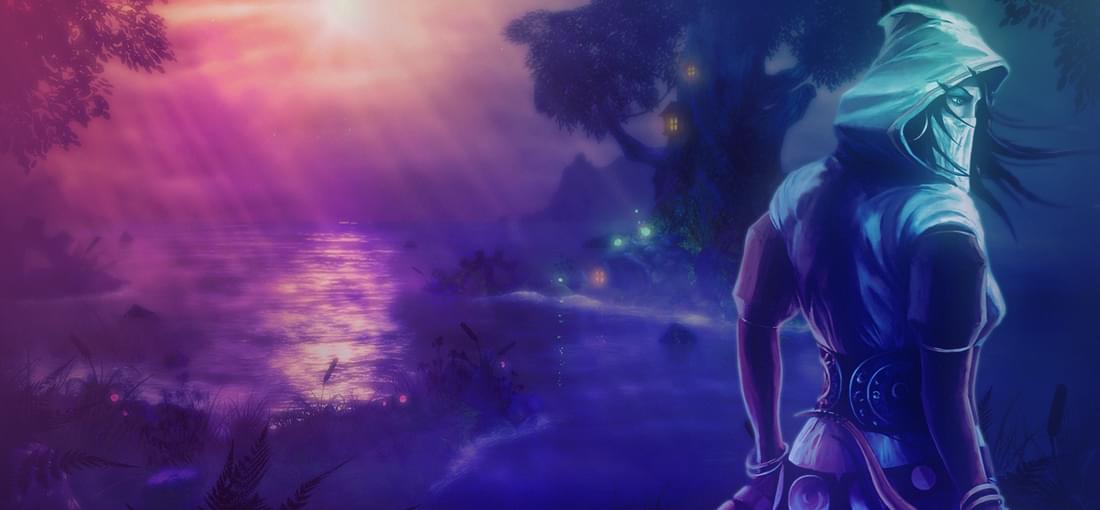
Thine is a beautiful 2D-platformer with a rare twist on the genre - you get to switch between several characters at any moment. Each of them has a different skillset: the wizard can create and levitate objects, the thief is very agile with her grappling hook, and the knight is strong and tanky. Any of them could have easily had a solid platformer game of their own, but here everything is seamlessly combined. Sometimes there’s more than one way to progress through a segment, but more often than not it takes teamwork, which is the core idea of the game. Difficulty-wise Trine is very balanced - the normal difficulty feels normal, hard is harder, but not impossible, and then there’s very hard in the standard edition which is substituted by the hardocre mode in the enchanted edition for those looking to push themselves even further. Throughout the game you will find additional experience bottles and chests with items that provide your characters with useful passive bonuses, which you can also switch around between them. I was able to find all the collectibles without a guide, which is a huge plus in my books. If you collect every experience bottle in the game you will be able to max out all your characters’ abilities, which is extremely satisfying. There are several mini-boss encounters (2 types of oversized monsters that have to be hit in specific weakspots), but no proper large-scale boss battles. The story is there, and it’s serviceably simple. It mostly provides descriptions of the locations you explore and offscreen justifications for visiting them. Trine does a lot of things right and while it could use a better story (and probably a bit more diverse level themes), its quality and distinct twist on the gameplay make it an unforgettable experience, one that’s clearly been crafted with heart.
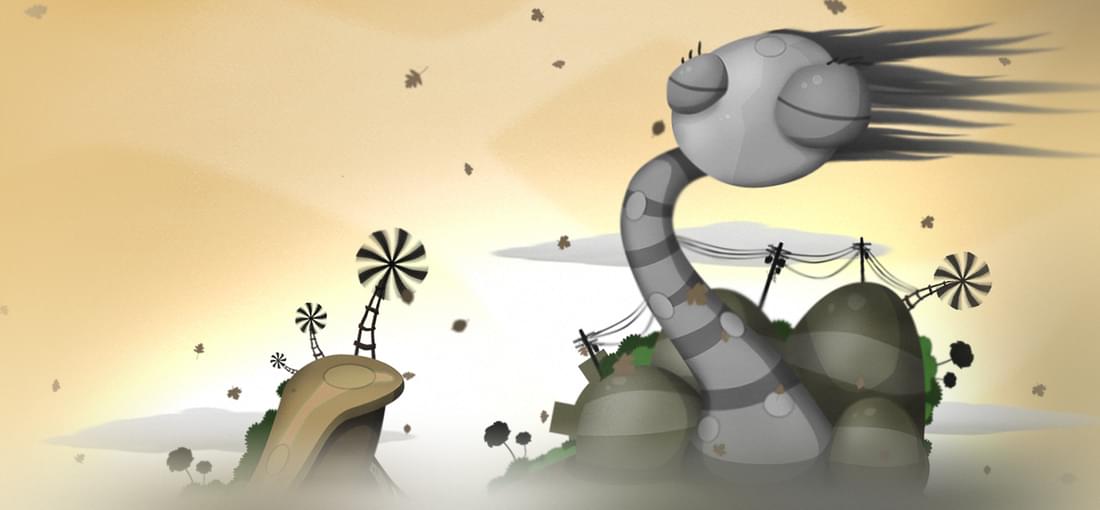
World of Goo is a charming puzzle game. Your goal in each level is to get as many Goo Balls to the exit as you can, with the catch being that they’re also your resource, and you can’t avoid sacrificing some to save the rest. So, it’s all about optimizing your strategies and minmaxing. As you go on the complexity increases, you encounter different kinds of Goo Balls with different properties, unlock an ability or two. To advance you need to rescue a set minimum number of Goo Balls (most of the time), but to really complete them you’ll have to make a much harder OCD threshold. It caused me some figurative headache with certain levels and made me turn to guides. Surprisingly, there’s even a bit of a story, and, while vague, it helps keep you engaged. The game’s fantastic as it is, but the fact that you’re moving towards something with things happening around you is like the icing on the cake. For those brainy enough to take on the OCD challenges, and for those who aren’t completionists World of Goo will most likely be a perfect puzzle game experience… otherwise it’ll be near-perfect. It’s a very good game either way.
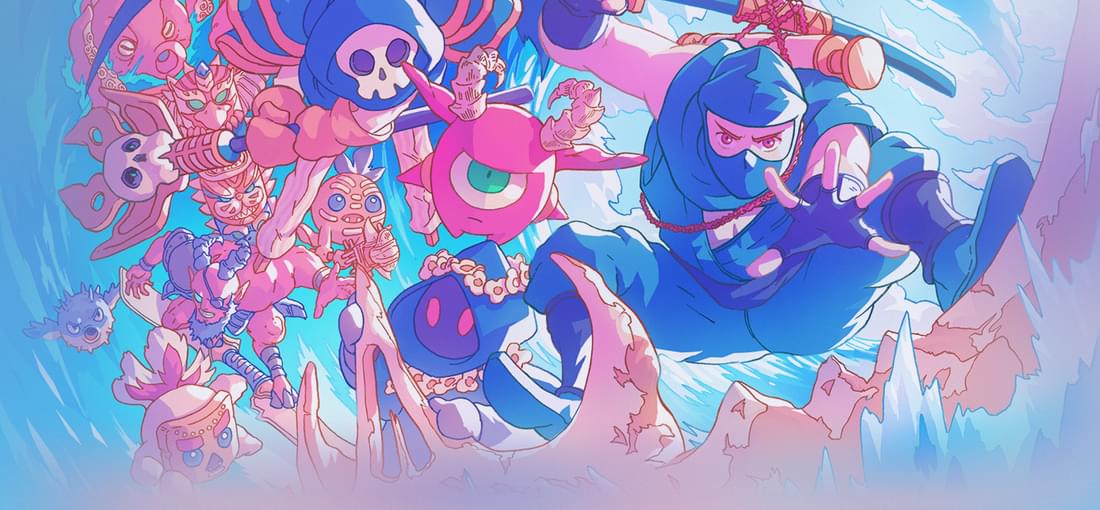
While I usually dislike the very idea of DLCs it’s hard to hate on one that is given for free and doesn’t upset the game’s balance. Picnic Panic adds a couple of large areas with new enemies, whose projectiles are harder to evade than those that the base game enemies shoot at you. Most of the events happen at the very beginning and very end of the expansion. So it’s mostly traversing those new areas and dealing with the new enemies. Once you’ve completed the new zone you will be able to select a specific area within it upon re-entering, which is useful if you’ve missed collectibles.